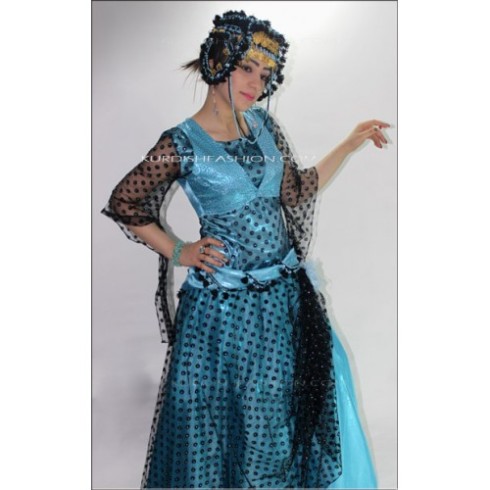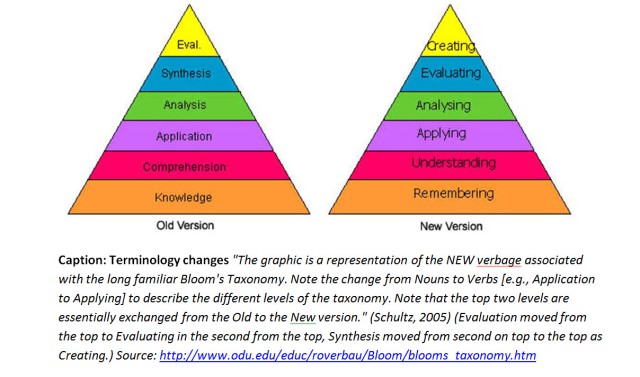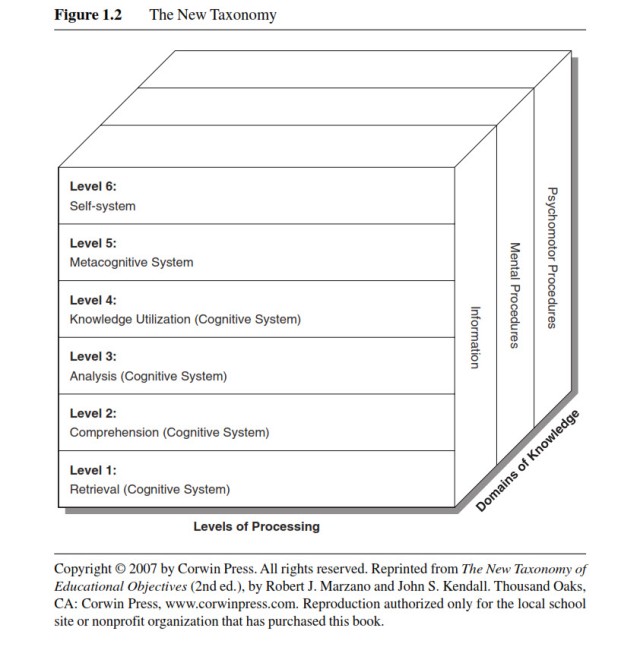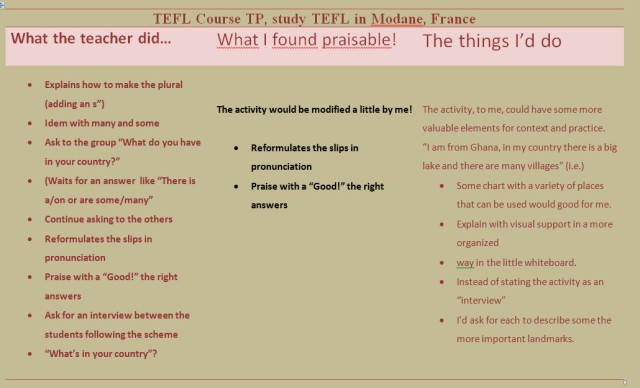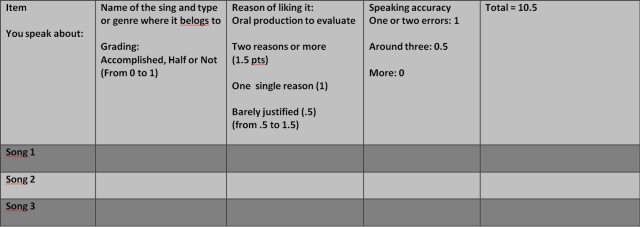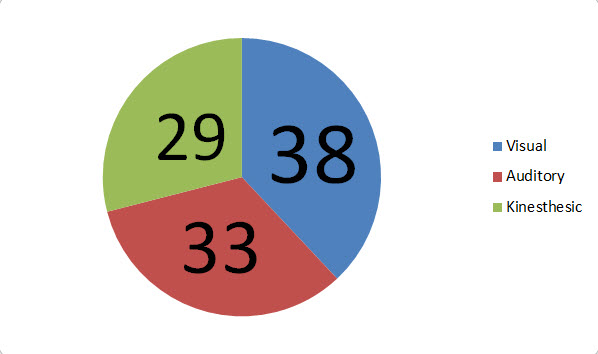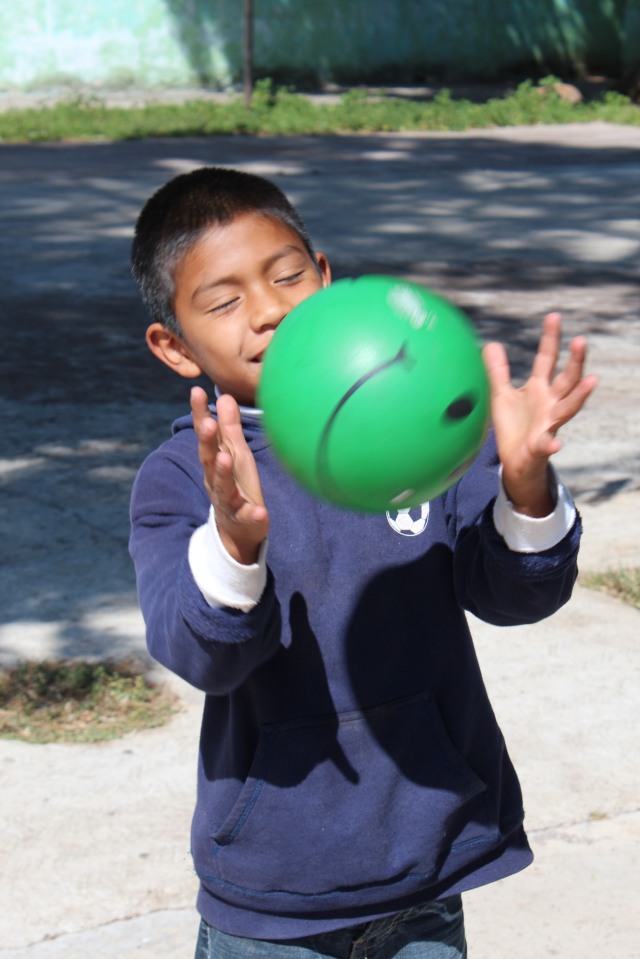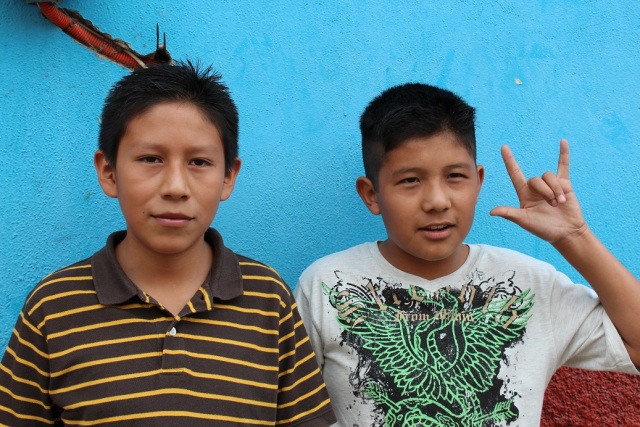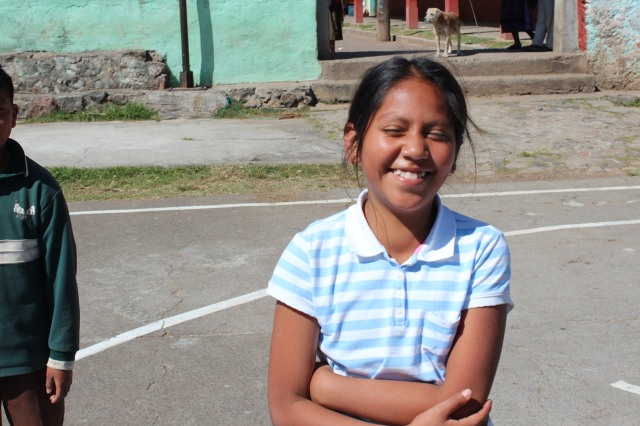This anecdote happened to me in the last days when I was teaching in secondary school. It was in my Spanish class in a very inadequate place where I was working: a classroom made of woods, cartons and plastic with no solid floor but sandy soil and the room was designed like a rectangle with a small white board on one of the smallest sides. So, my voice turned lower just a few steps away from the place I was standing and from the half-length the room to the opposite direction the students were chatting or focused in anything but the class.
So, in a way long classroom, with no electricity, walls made of sound-absorbing material, it was me having to use a book totally out-of-date with no so challenging elements and in a one of those days the kids did not stop talking. (Besides, it was a very famous group for being sort of conflictive!)
I mean, this could happen to me in the two or first years of teaching, not now! But it was like this.
In a desperate try to get the class into my management I took out a small recording cam I used to carry every day and started panning the whole place especially to the faces of the most communicative teens who tried to hide when they saw it. It somehow worked until one of the most mischievous realized I was not using it properly and the recordings were too short to register what was happening.
It was one of those days.
A day the kids had an impossible mood, a day I did not realize the class’s theme was not motivating to them, a day I would like to forget soon!
Image from internet



